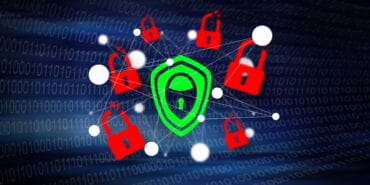
Similar to the way bats avoid obstacles, the sensors use echolocation to create a picture without any identifying data so that privacy is protected.
Businesses are looking for ways to maintain social distancing measures in offices without having to hire additional staff. To that end, hundreds of technology suppliers have retooled camera equipment to be able to track employees.
However, for employers that don’t want to track staff with a bunch of cameras, Scottish start-up IMERAI has a privacy-conscious alternative, which uses echolocation to understand its surroundings and detect where people are in a room.
SEE ALSO: Using Artificial Intelligence To Manage The Coronavirus Pandemic
Built by Alex Bowen, a Heriot-Watt University graduate and founder of IMERAI, the sensor was originally built to support people with assisted living needs, but can be utilized by businesses for social distancing needs.
“All AI’s need to constantly learn and adapt to understand the world like we do. But the industry continues to face the challenge of how to teach AI what happens in people’s homes without invading users’ privacy,” said Bowen.
“As with many problems, nature had the solution. In the wild, bats send out a screech and they listen for the echoes to understand distance and location of physical objects. Our sensors work in a similar way, using echolocation to create a picture without any identifying data, so that privacy is protected.”
For More Than Just Social Distancing
IMERAI’s technology utilizes MEMS microphones, already embedded into most mobile and smart home devices. The start-up is open to working with partners to build AI platforms for health and social needs.
“This has widespread applications,” Bowen added. “As the UK debates how to ease lockdown measures safely, this type of technology could be used to count how many people are present in an office and how far apart they are to aid with social distancing and infection control.”
The original aim of the AI was to help with assisted living. For dementia sufferers, the AI is able to monitor movement and detect deterioration more quickly, while also maintaining the individual’s privacy.




























